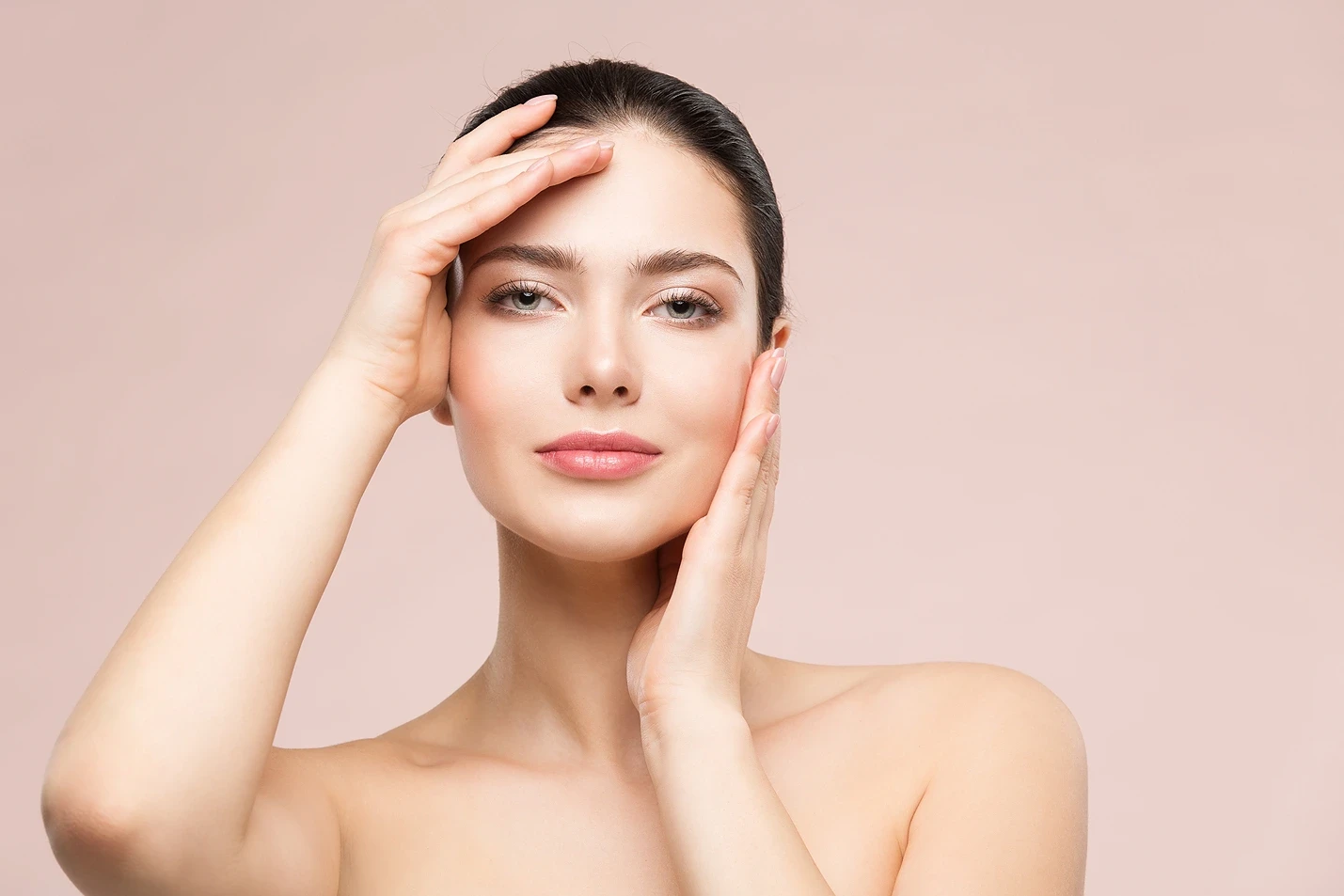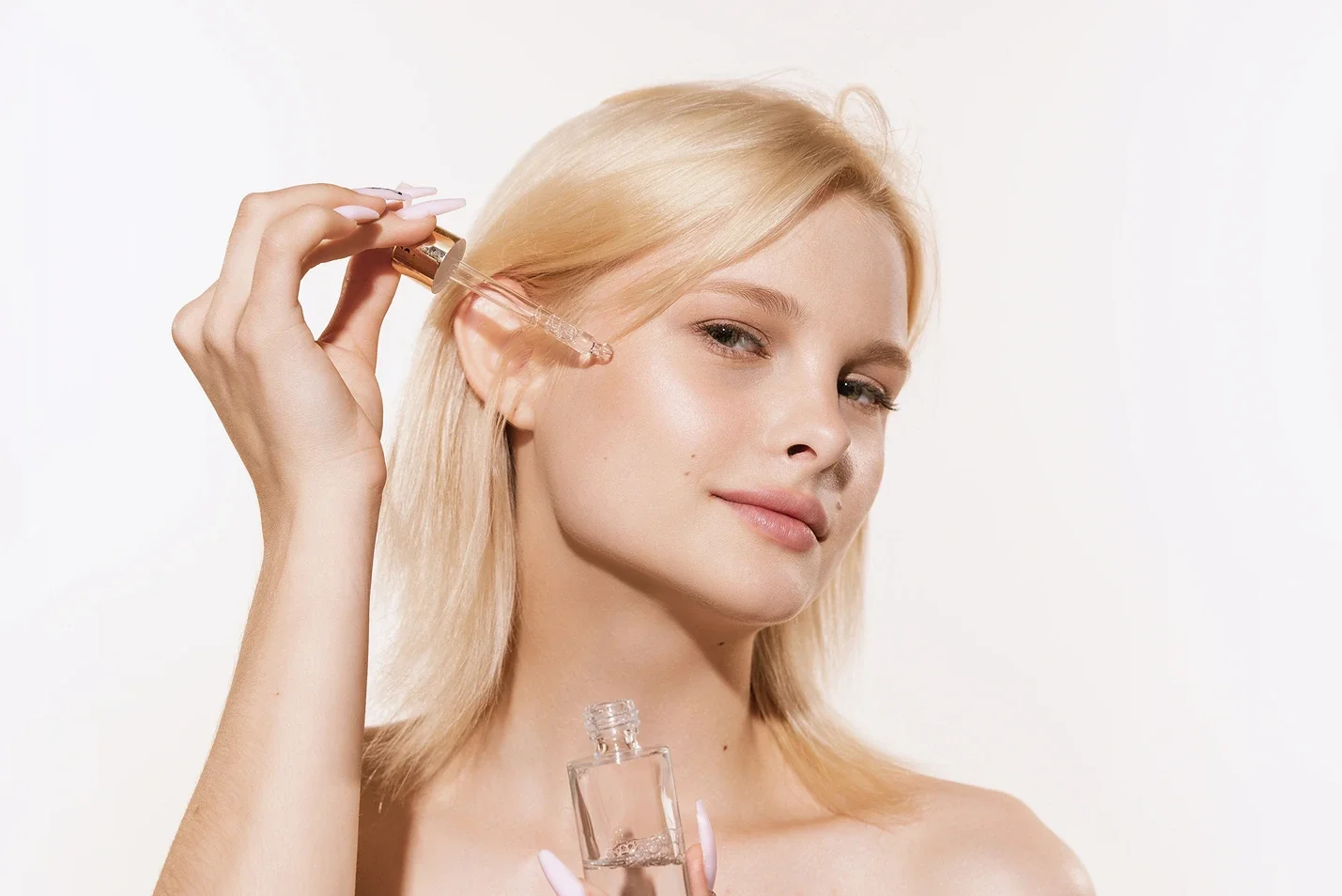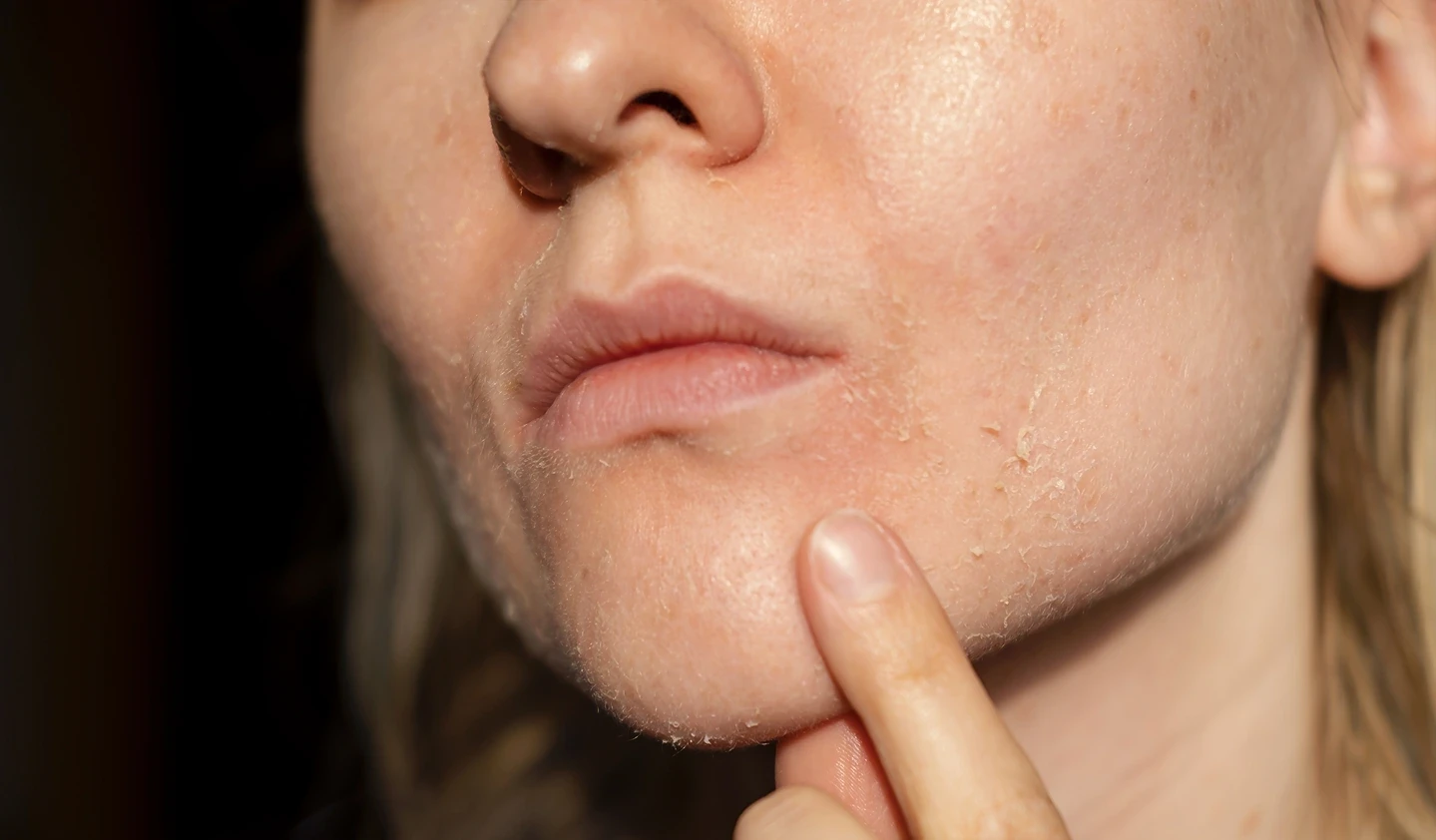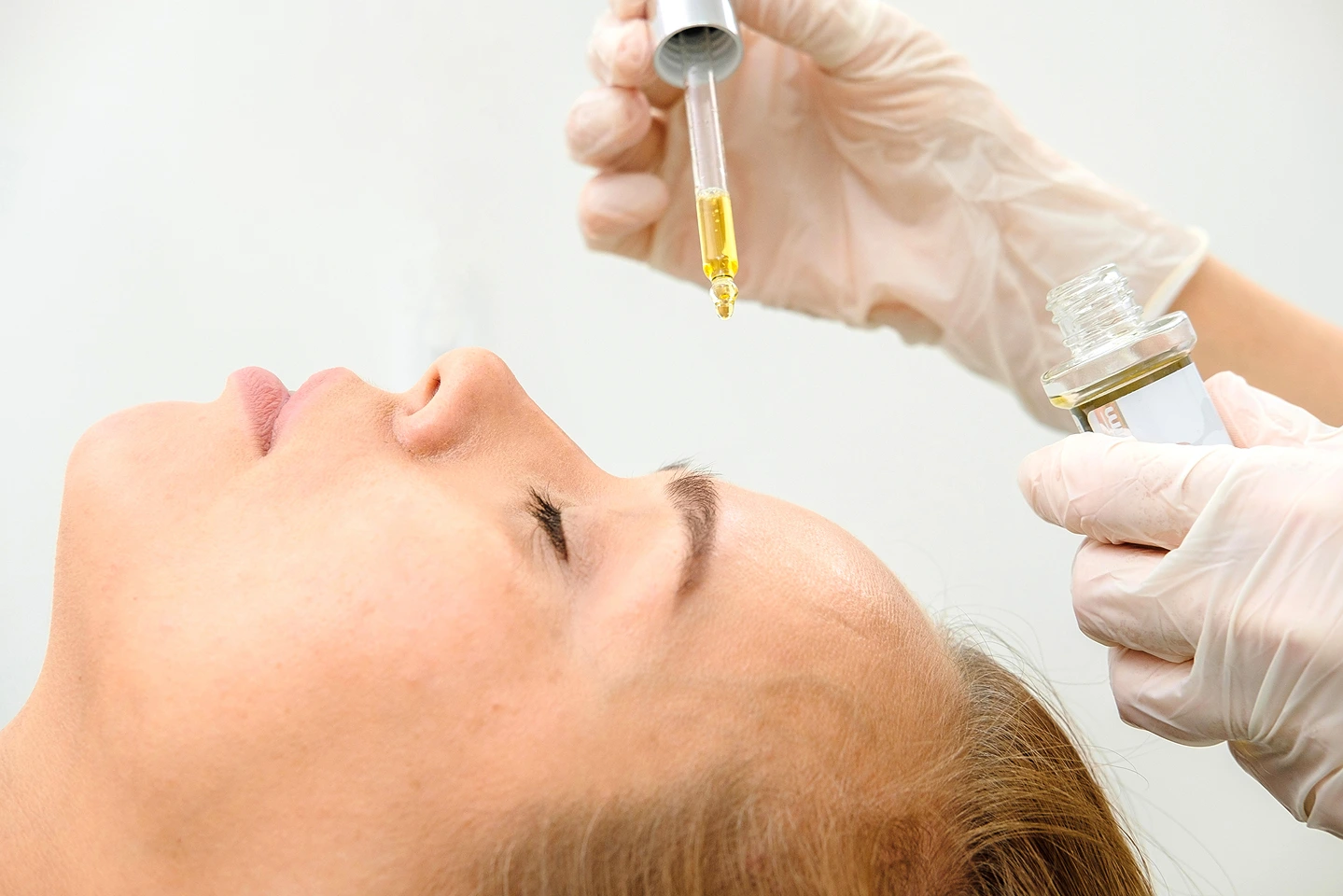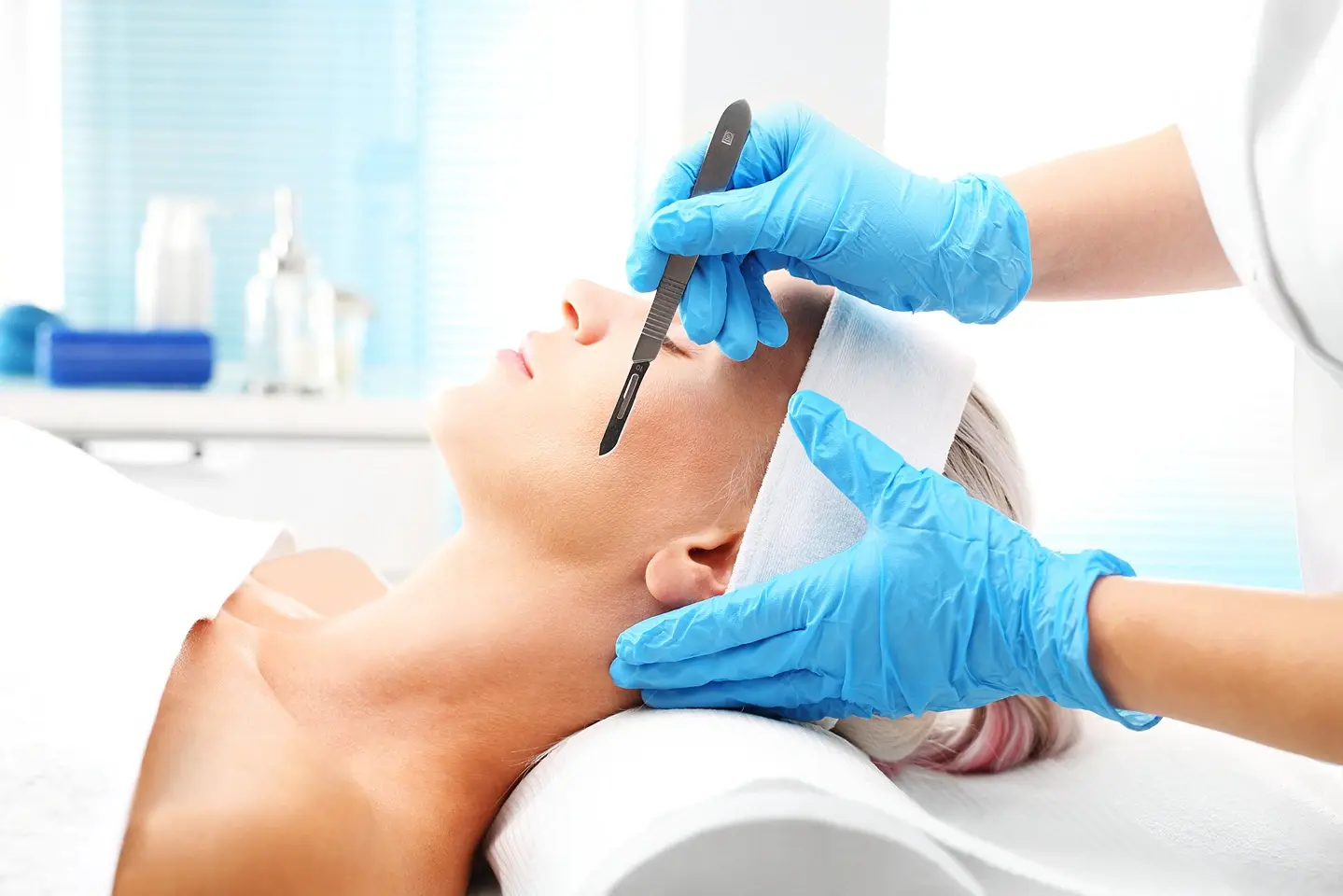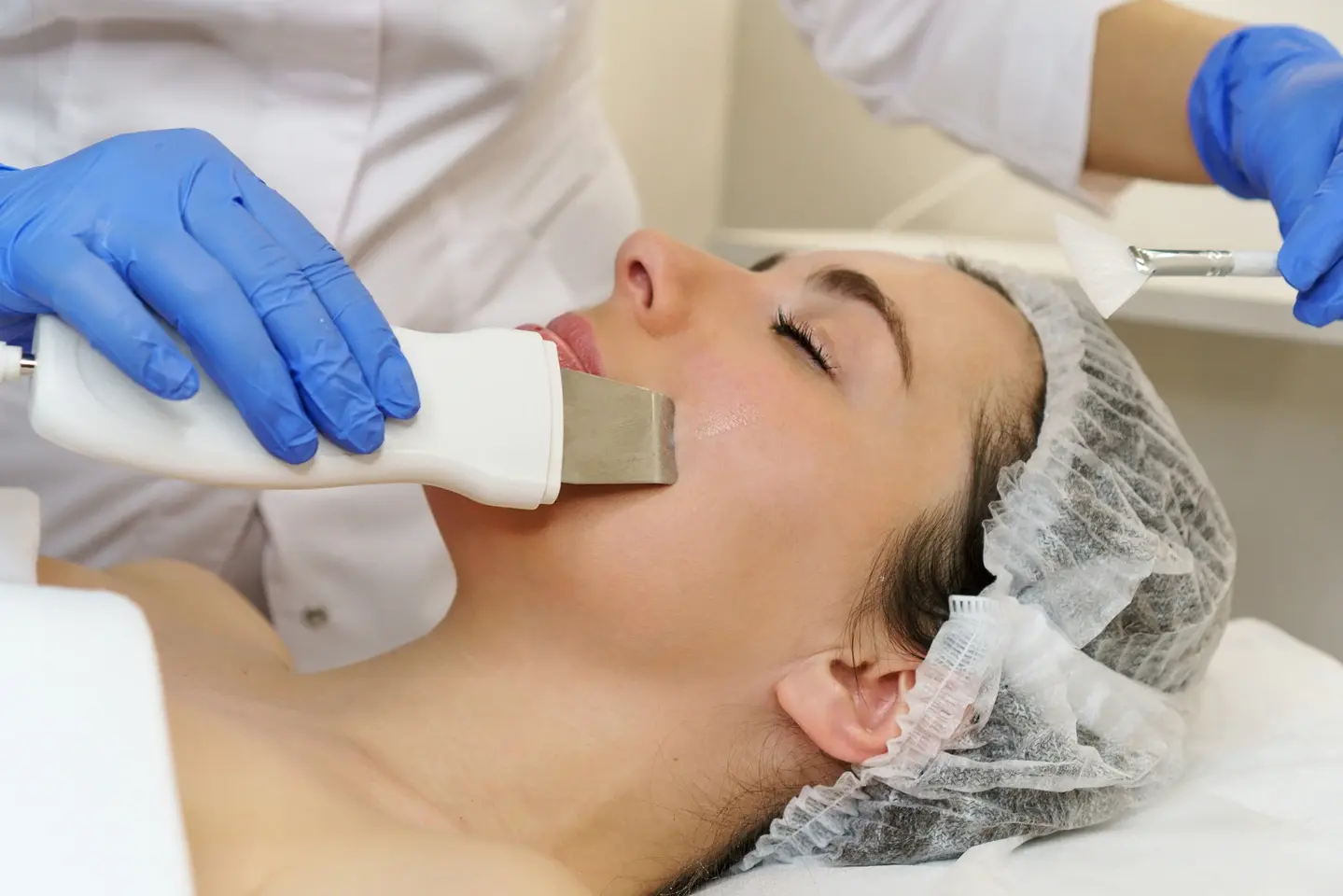A Comprehensive Comparison for Exfoliation, Hair Removal, and Healthier Skin
Shaving and dermaplaning may seem similar on the surface, but dermaplaning offers various advantages over standard shaving for exfoliating dead skin cells and removing fine facial hairs.
Used by dermatologists and aestheticians, dermaplaning can improve the texture of your skin and allow skincare products to penetrate deeper – resulting in a smoother, clearer, more youthful-looking complexion.
So how exactly does dermaplaning differ from regular shaving, and which method is best for your individual skin goals? That’s what we’ll explore in this comprehensive comparison of dermaplaning vs shaving.
What is Dermaplaning?
Dermaplaning involves utilizing either a surgical steel blade or a similar implement to gently and meticulously shave away the outmost epidermic layer of the skin’s vellus hair and dead skin cell accretion. It rejuvenates and exposes fresh skin, granting a smoother, more evenly textured, and revitalized complexion.
Dermaplaning can be done in two ways:
Professional Dermaplaning
A board-certified dermatologist, esthetician, or other skin care professional adeptly performs dermaplaning in a hygienic clinical environment leveraging specialized knowledge, experience, and tools to optimize results while minimizing risks.
At-home Dermaplaning
At-home dermaplaning involves the use of commercially available dermaplaning kits containing single-edged blades and tools for exfoliating and removing fine facial hairs from the comfort of one’s home. These kits can provide some of the benefits of dermaplaning such as reducing the appearance of fine lines and clearing away dead skin cells. However, without proper training and experience, there are risks involved with at-home dermaplaning.
Shaving Your Face
Removing facial hair has been a common practice for centuries, utilizing a variety of blades and tools. Whether aiming for a clean-cut appearance or a more stubble-sporting look, regular shaving of one’s face involves choosing from an array of tools which include:
Types of Razors
A volume of razor varieties exists for physically supplanting face hair. Possible options encompass disposable razors using replaceable blades, long-handle safety razors with renewable double-edge blades, and single-bladed dermaplaning tools marketed explicitly for affording a closer facial exfoliation.
Using a Disposable Razor
Disposable razors with multiple parallel razor blades offer an accessible beginning point for facial shaving but traverse the expedient face at a broader angle and more superficially relative to customized dermaplaning tools.
Using a Standard Razor
Traditional double-edge or safety razors requiring detachable blades allow for regulating cutting depth by alternating blade types yet necessitate more acumen, scrutiny, and caution to circumvent nicks and cuts in intricate facial regions.
Dermaplaning Tool
A solitary stainless steel or surgical blade installed within a customized handle engineered for sweeping the visage at the optimum 45-degree slant can realize dermaplaning’s promised benefits but merits the most precaution due to its sharper cutting edge and heightened potential for mishap.
Comparing Dermaplaning and Traditional Facial Hair Removal Methods
| Area | Description |
| Removal of hair | Dermaplaning provides a closer, more thorough removal of fine hairs and vellus hair that traditional shaving may miss. Using a single blade angled at 45 degrees allows you to shape eyebrows and delineate facial features with precision. |
| Exfoliation of skin | Unlike traditional shaving which provides only superficial exfoliation, dermaplaning removes the entire stratum corneum revealing fresh, undamaged skin. This results in a smoother texture, softer skin, and better absorption of skincare products. |
| Minimizing Risks | With proper technique and tools, the risks of cuts and irritation during dermaplaning can be minimal. With the help of a trained dermaplaning professional, you are able to get treatments safely and effectively for optimal results and benefits. |
| Suitability | Dermaplaning can provide anti-aging and rejuvenating benefits for most skin types. It can be given as a complementary or alternative treatment, tailored to your skin concerns and conditions. |
| Acne treatment | Some studies have found that dermaplaning may help improve acne by removing dead skin cells that can clog pores. |
Benefits of Dermaplaning
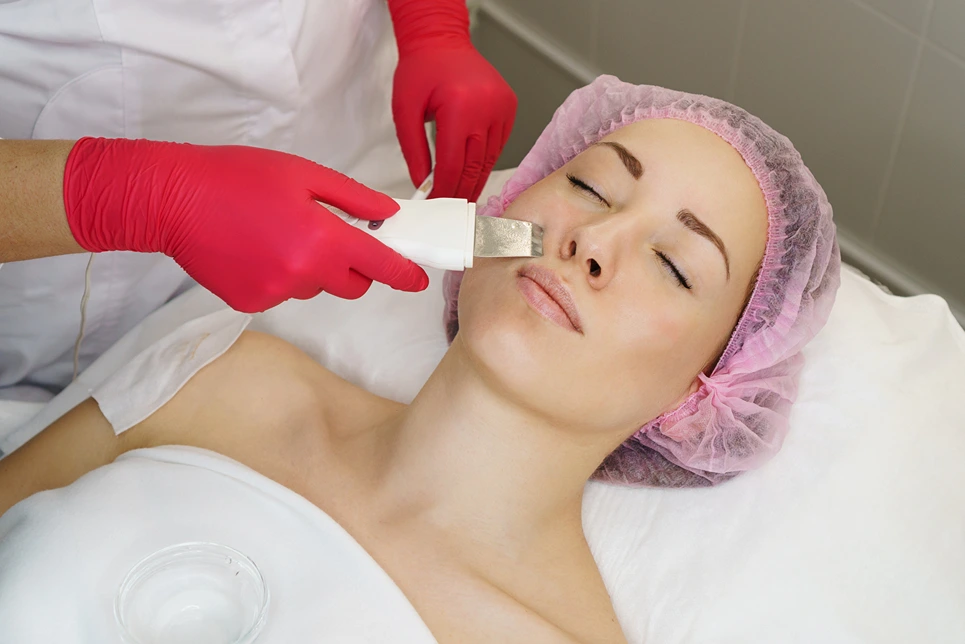
Deeper Exfoliation
The single blade utilized at a precise angle in dermaplaning allows it to deeply resurface the skin, removing multiple layers of dead skin cells and vellus hairs in a solitary sweep. This grants a more thorough exfoliation than everyday face washing or conventional shaving.
Smoother Skin
Eliminating dull, dry skin sprayed with fine hair leaves skin visibly smoother and softer to the touch, enabling makeup to glide on with less imperfection.
Improved Skin Texture
By unveiling fresher, plumper skin, dermaplaning can bestow complexions with heightened luminosity, suppleness, and a smoother, more even grain. Over time, this may lessen the perceptibility of finer wrinkles and lines.
Better Product Absorption
The reinvigorated skin cells exposed by dermaplaning more readily retain the benefits of topically applied skincare regimens and cosmetic products.
Additional Skin Benefits
Dermaplaning may offer other possible cosmetic rewards like lessening the perceptibility of acne scarring, evening out skin tone, and making pores appear smaller by eradicating pore-clogging debris.
Who Should Avoid Dermaplaning?
People With Active Acne
Those experiencing pustular, papular, or cystic acne outbreaks should generally abstain from dermaplaning until their condition stabilizes. Disrupting inflamed blemishes and hair follicles could potentially worsen current breakouts or spark fresh eruptions.
Those With Sensitive Skin
Individuals with sensitive, reactive, or easily irritated skin may want to refrain from dermaplaning since the process involves dragging a blade across the face. Dermaplaning can cause inflammation, redness, and discomfort for those with delicate complexions. Skin conditions like rosacea and eczema may also flare up in reaction to the treatment.
Precautions for Dermaplaning
Using a Fresh, Sharp Blade
Utilizing a sharp, sterile surgical-grade blade is imperative for an advantageous dermaplaning encounter. Dull blades are more prone to snagging or tugging the skin, increasing the potential for cuts and razor burn. Consider changing the blade after every 1-2 clients.
Following the Correct Angle
A precise angle of 40 to 45 degrees between the blade and skin optimizes hair removal while limiting complications. Holding the blade too flat can lead to missed hairs whereas angles over 45 degrees heighten cut risk.
Keeping Skin Taut
Stretched, taut skin provides a smoother surface for the blade to gently glide across. Use downward strokes exerting mild tension on the skin being dermaplaned for smooth, even results.
Avoiding Affected Skin Areas
Sidestep dermaplaning broken skin, wounds, blemishes, rashes, or inflamed patches that may experience excessive reaction or bleeding. Focus solely on healthy skin. Similarly, forgo dermaplaning thin-skinned areas around the eyes without specialized eyelid compresses and blades.
Book Your Dermaplaning Treatment with CosMedic LaserMD Today
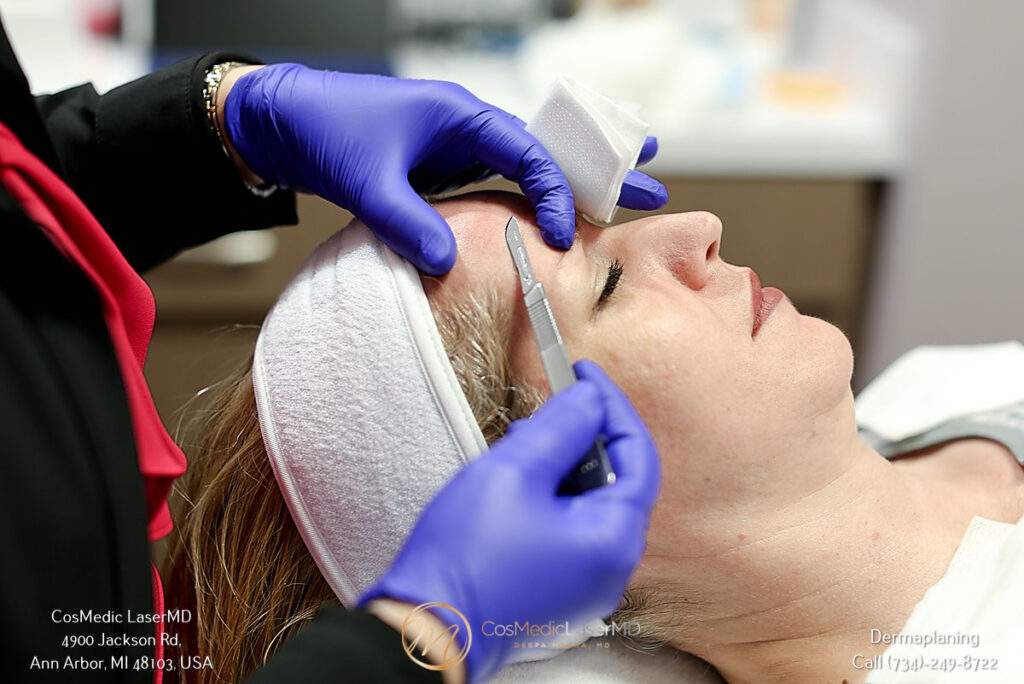
If you’re ready to take advantage of the skincare benefits of professional dermaplaning, CosMedic LaserMD can help you achieve smoother, clearer, more youthful-looking skin. Our experienced and licensed estheticians and dermatologists are skilled at performing dermaplaning treatments that maximize results while minimizing any risk of cuts, irritation, or complications.
We offer various dermaplaning packages to meet different skincare needs, from facial hair removal to acne treatment to anti-aging regimens. In addition to dermaplaning, we provide other aesthetic treatments and cosmetic procedures like chemical peels, laser hair removal, and more.
Contact CosMedic LaserMD today to schedule your initial dermaplaning consultation. One of our specialists will take the time to understand your unique skin concerns, goals, and comfort level.


